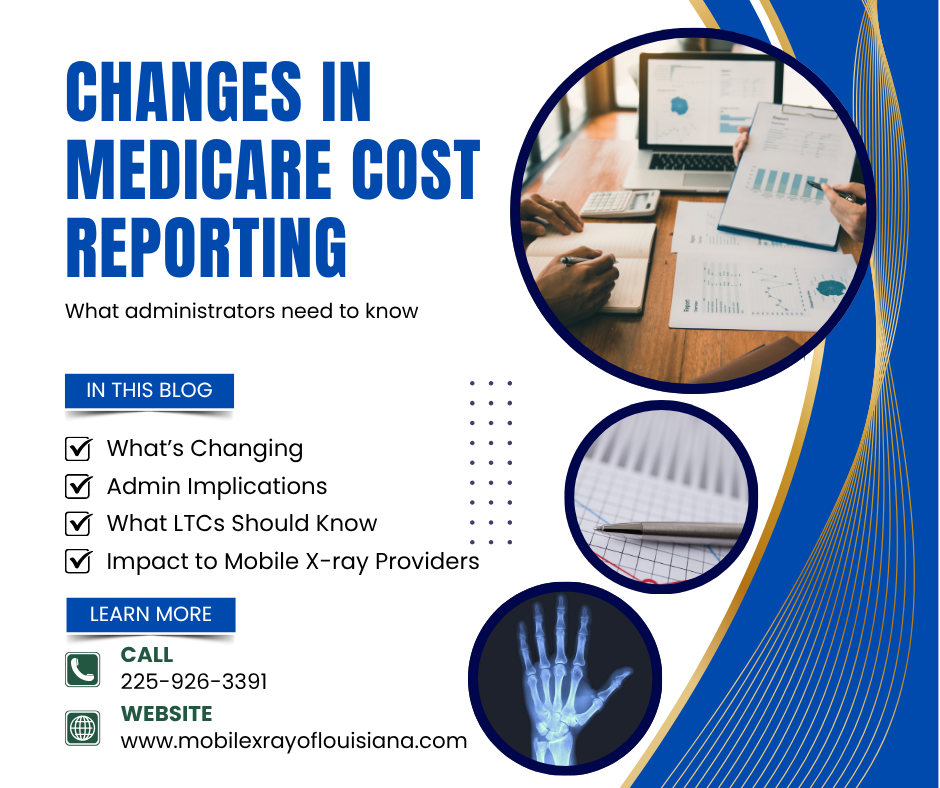Uncovering the Unseen: How Technology is Changing the Fight Against Elder Abuse in Nursing Homes
- Michelle Shank

- Dec 4, 2024
- 4 min read

Elder abuse in nursing homes is an issue that has gained significant attention in recent years. As more families trust LTC's with the care of their loved ones, safety and quality of care have become pressing concerns. Statistics show that about 2 million elderly individuals experience some form of abuse or neglect each year in the United States alone. Fortunately, technology is playing a crucial role in combating these issues, providing innovative methods to monitor, detect, and prevent elder abuse.
The Rise of Technology in Long Term Care Facilities
The integration of technology in LTC's represent a major advancement in the way care is provided. Automation, surveillance, and data collection are enhancing the well-being of residents. For instance, many facilities are now using wearable devices that monitor vital signs, sleep quality, and location. This real-time data helps caregivers identify potential signs of abuse or neglect early on.
Consider the case of a nursing home that implemented wearable devices for its residents. They reported a 30% decrease in emergency incidents due to improved monitoring. These devices are not just numbers on a screen; they are vital tools that can alert staff to changes in behavior or health, allowing for timely interventions.
Surveillance Cameras: A Double-Edged Sword
Surveillance cameras are one of the most discussed technologies in nursing homes. These cameras act as a deterrent against abuse and give families peace of mind. Facilities can maintain a constant watch over residents, promoting transparency among staff.
However, this technology must be implemented thoughtfully to respect the privacy of residents. For example, nursing homes need clear policies regarding camera placement and require consent from family members. A facility that successfully balanced surveillance while maintaining resident dignity reported a 25% increase in family satisfaction ratings after implementing a transparent surveillance policy.
Leveraging Artificial Intelligence for Detection
Artificial intelligence (AI) is transforming how nursing homes monitor the behavior of residents. By analyzing large sets of data, AI can identify patterns that indicate abuse or neglect. For instance, an AI program may flag a significant drop in an individual’s usual activity level, prompting staff to investigate.
One nursing home that adopted AI-based monitoring noted a 40% increase in incidents reported and addressed promptly. AI-equipped systems can also provide crucial information on behavioral changes, allowing staff to intervene before a situation escalates.
Telehealth: Expanding Access to Care
Telehealth has become an essential tool for improving healthcare access in nursing homes. Virtual consultations allow residents to connect with medical professionals from their rooms. This easy access leads to quicker reporting of any signs of abuse or neglect.
Family members can also participate in these virtual discussions, which fosters better communication and oversight. One study indicated that nursing homes using telehealth services saw a 35% improvement in family engagement and satisfaction levels. This connection plays an important role in ensuring resident well-being and can provide a safety net against potential abuse.
Data Analytics: Insights for Improvement
Data analytics is crucial for identifying trends within nursing homes. By examining data related to abuse incidents, staff performance, and resident feedback, facilities can enhance their care quality. For instance, predictive analytics can analyze historical data to forecast potential risks, enabling nursing homes to take preventive measures before issues arise.
A nursing home that used data analytics to track resident feedback discovered that changes in meal schedules correlated with an uptick in resident complaints. By adjusting meal times based on data insight, they improved overall satisfaction by 20%.
Empowering Residents Through Technology
Technology goes beyond just monitoring; it also empowers residents. Devices like tablets and smartphones allow seniors to stay connected with their loved ones and manage their health records.
Engagement with technology can lift residents’ spirits. Many nursing homes introduced easy-to-use apps that allow residents to voice concerns or report issues directly. This approach can encourage residents to take an active role in their care and well-being.
Strengthening Training for Staff
While technology is vital, the human aspect of care remains essential. Comprehensive training programs must integrate technology use with empathy and communication skills. Staff trained to recognize both technological signals and emotional cues can create a more supportive environment for residents.
For example, an LTC that overhauled its staff training program saw a 15% decrease in reported incidents of neglect after emphasizing not only technical skills but also compassion and understanding.
The Role of Families and Advocacy Groups
Family involvement is crucial in utilizing technological solutions to fight against elder abuse. Regular check-ins and proactive conversations about safety can establish a network of oversight.
Advocacy groups can also use technology to share information and create resources that empower families in monitoring care facilities. When families and advocacy groups collaborate, the chances of detecting abuse increase, as they form a united front to protect vulnerable residents.
A Continuing Journey Towards Safer Care
As technology evolves, its role in preventing elder abuse in nursing homes will only grow. From surveillance cameras and AI systems to telehealth and data analytics, we now possess diverse tools to protect our elderly loved ones. However, integrating these technologies effectively requires ethical considerations, comprehensive staff training, and active family engagement.
The fight against elder abuse demands a collaborative approach. By harnessing technology while maintaining human connection, we can foster safer environments for our elders. The stakes are high: ensuring that our seniors receive the respect and care they deserve as they navigate their later years. As we continue on this journey, we must remain vigilant and committed to illuminating the unseen challenges in nursing homes, ultimately safeguarding the well-being of our elderly populations.
.png)



Comments